Masala Mixing Machine
Price 65000 INR/ Unit
Masala Mixing Machine Specification
- Material
- Stainless Steel
- Capacity
- 50-2000 / 10-1000 Kg/hr
- Computerized
- No
- Automatic Grade
- Automatic
- Voltage
- 230-440 Volt (v)
- Frequency (MHz)
- 50-60 Hertz (HZ)
- Warranty
- 1 Year
Masala Mixing Machine Trade Information
- Minimum Order Quantity
- 1 Unit
- Payment Terms
- Cash Against Delivery (CAD), Cash Advance (CA), Cash in Advance (CID), Cheque, Western Union
- Main Export Market(s)
- Asia, Australia, Central America, North America, South America, Eastern Europe, Western Europe, Middle East, Africa
- Main Domestic Market
- All India, South India, Central India, West India, North India, East India, Gujarat, Karnataka, Kerala, Lakshadweep, Mizoram, Meghalaya, Manipur, Andhra Pradesh, Bihar, Chandigarh, Daman and Diu, Goa, Jharkhand, Odisha, Punjab, Assam, Delhi, Dadra and Nagar Haveli, Andaman and Nicobar Islands, Arunachal Pradesh, Chhattisgarh, Haryana, Himachal Pradesh, Jammu and Kashmir, Madhya Pradesh, Maharashtra, Nagaland, Rajasthan, Sikkim, Tamil Nadu, Telangana, Tripura, Pondicherry, Uttar Pradesh, Uttarakhand, West Bengal
- Certifications
- ISO
About Masala Mixing Machine
Types of Masala Mixing Machines:
-
Ribbon Blender: This type has a ribbon-like mixing element that moves in opposite directions to ensure thorough mixing of spices. It's commonly used for dry powders and granules.
-
V-Blender: This machine consists of two cylindrical vessels shaped like a V that rotate to mix the spices. It particularly effective for blending powders with different densities.
-
Horizontal Mixer: A horizontal mixer features a horizontal mixing chamber and is used for blending spices on a large scale. It typically includes paddle or ribbon blades.
-
Conical Mixer: With a conical shape, this mixer allows for gentle blending of ingredients. Is useful for mixing spices with various particle sizes.
-
Drum Mixer: This type of mixer uses a rotating drum to blend the spices. Its simple and effective for homogenous mixing in large batches.
Key Features:
-
Capacity: Machines come in various sizes, from small, lab-scale models to large industrial machines capable of handling tons of spices.
-
Material: Typically made from stainless steel to ensure durability and ease of cleaning. Stainless steel also helps prevent contamination.
-
Speed Control: Many machines offer adjustable speed settings to control the mixing process and ensure the desired consistency.
-
Ease of Cleaning: Given the nature of spices, machines are often designed for easy disassembly and cleaning to prevent cross-contamination.
-
Automated Controls: Some advanced models feature programmable controls for precise mixing times and speeds.
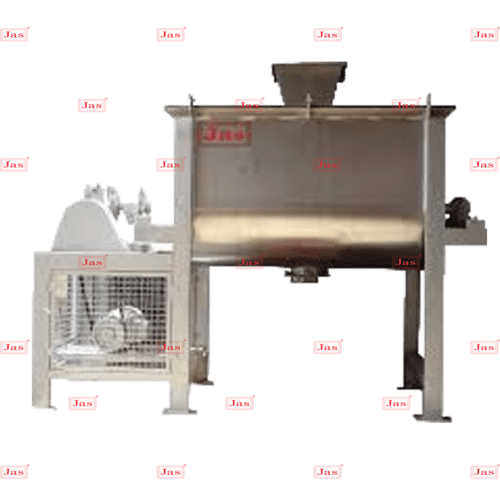
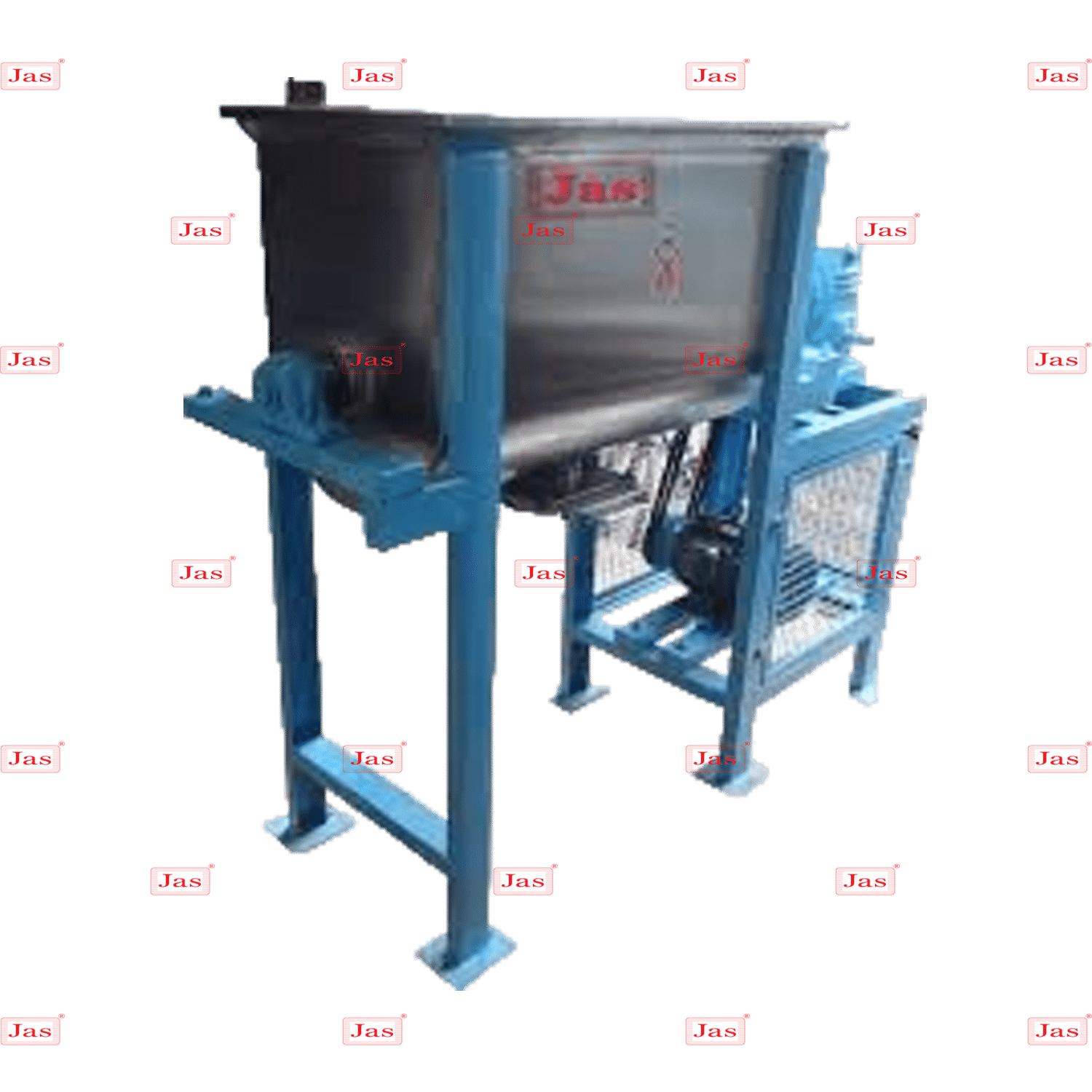
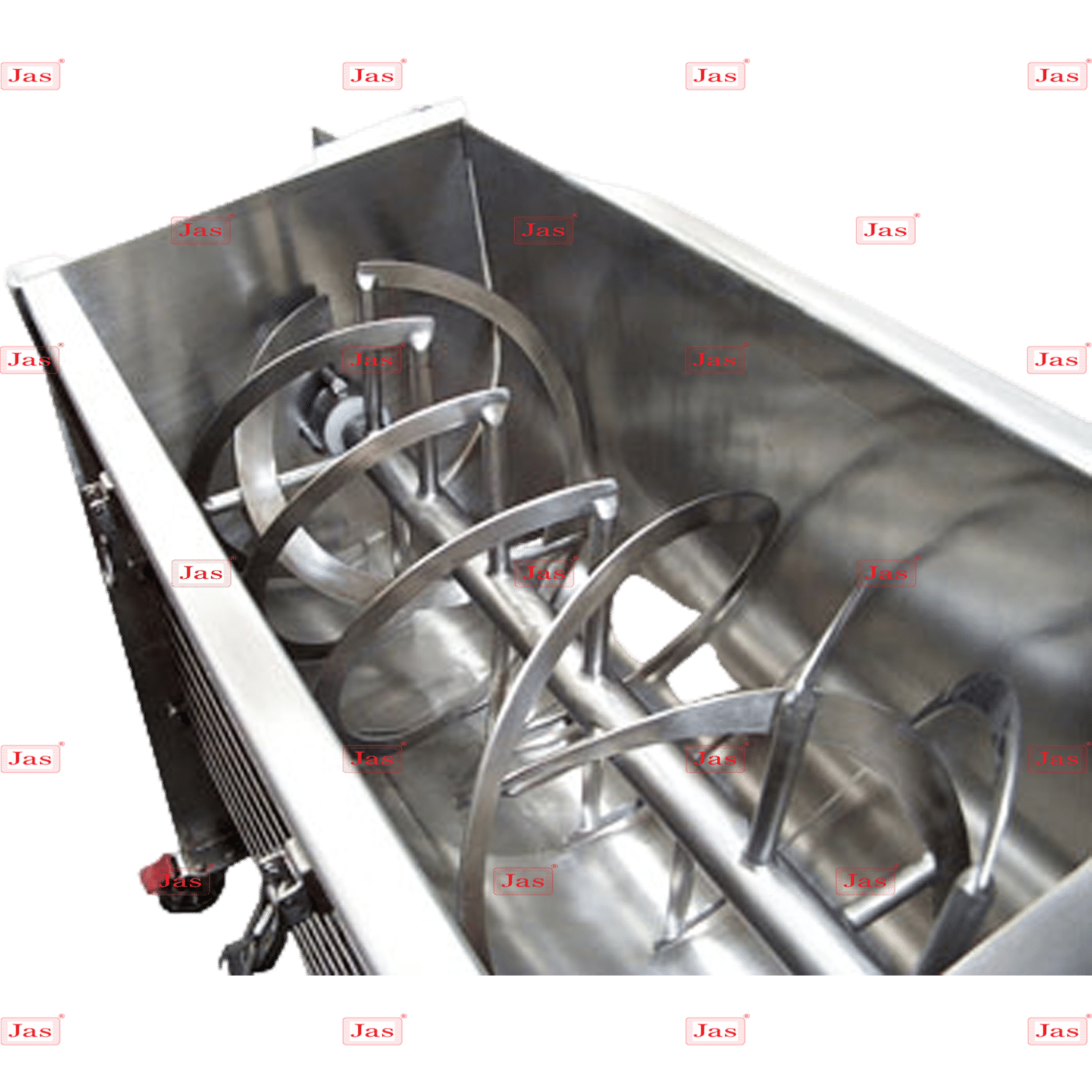

Price:
- 50
- 100
- 200
- 250
- 500
- 1000+
More Products in Industrial Mixer Blender Category
Ribbon Blenders
Price 22000 INR / Unit
Minimum Order Quantity : 1 Unit
Voltage : 110/220/380/415 Volt (v)
Frequency (MHz) : 50/60 Hertz (HZ)
Capacity : 100 to 8000 Kg/hr
Automatic Grade : SemiAutomatic
Paddle Mixer
Price 35000 INR / Unit
Minimum Order Quantity : 1 Unit
Voltage : 110/220/380/415 Volt (v)
Frequency (MHz) : 50 Hertz (HZ)
Capacity : 100 to 8000 Kg/hr
Automatic Grade : SemiAutomatic
Pickle Mixing Machine
Price 30000 INR / Piece
Minimum Order Quantity : 1 Piece
Voltage : 110/220/380/415 Volt (v)
Frequency (MHz) : 50 Hertz (HZ)
Capacity : 10 to 20 Kg/hr
Automatic Grade : SemiAutomatic
Powder Mixing Ribbon Blender
Price 65000 INR / Unit
Minimum Order Quantity : 1 Unit
Voltage : 230440 Volt (v)
Frequency (MHz) : 5060 Hertz (HZ)

 Send Inquiry
Send Inquiry
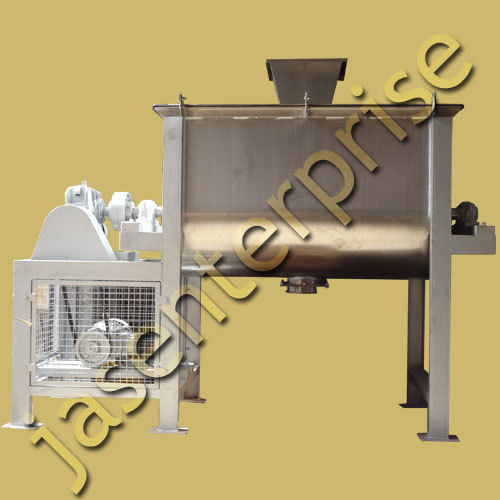
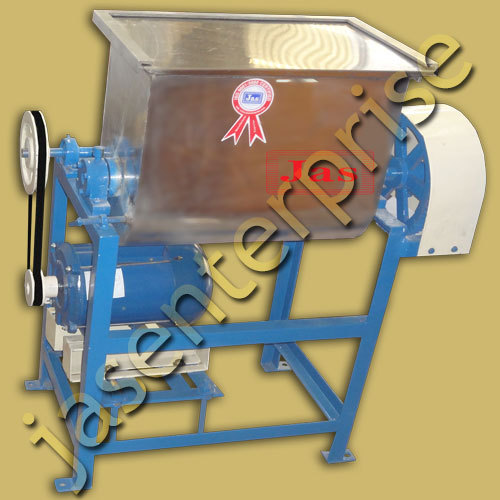
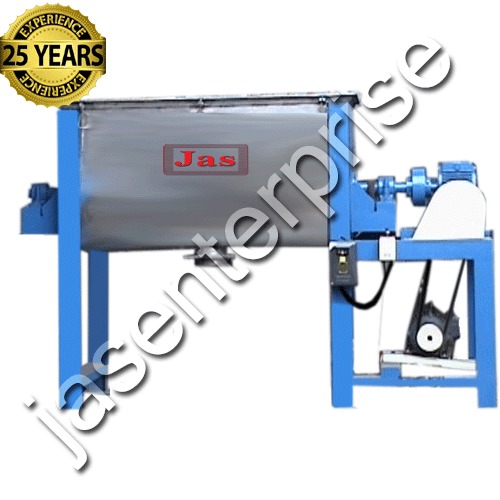
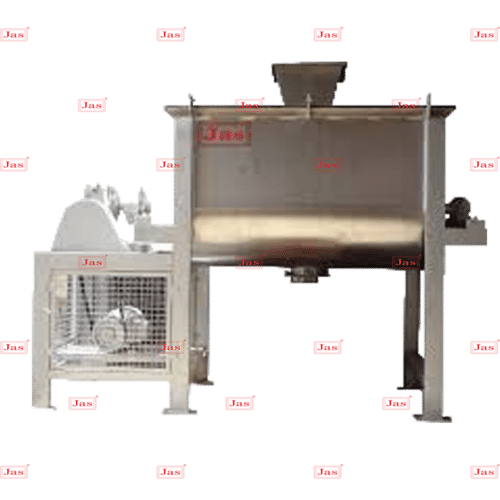


 Send Inquiry
Send Inquiry Send SMS
Send SMS Call Me Free
Call Me Free